Do you know the codling moth (Cydia pomonella)? If you have apple or pear trees, you will probably know its caterpillar (commonly but wrongly called "apple worm") which bores galleries into your apples, pears, walnuts and other fruit. There are different methods of control against this parasitic insect, the most natural being to encourage presence of its predators in your garden. Among them, the earwig stands out for its effectiveness in regulating codling moth populations. Discover, in this tutorial, how to make an earwig shelter to protect your fruit trees.
Author's note: this is also an excellent family activity to do with your children or grandchildren, to introduce them to biodiversity and garden ecology. All while practising art if they choose to decorate these "earwig houses"!
→ To learn more about this moth and its caterpillar, read our article: "The codling moth on fruit trees".
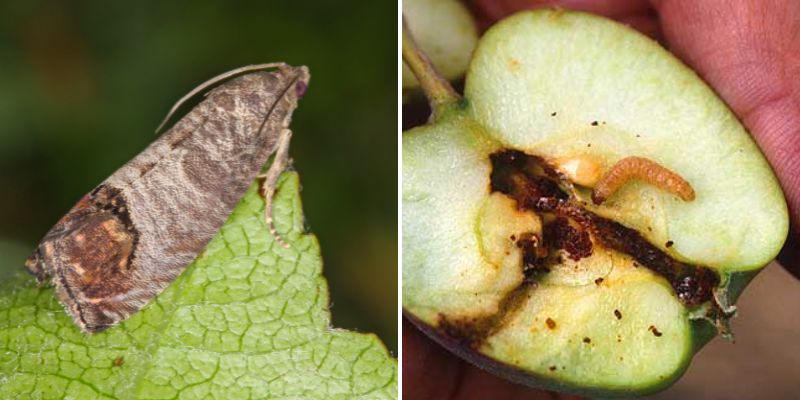
Earwig, a useful garden ally
The earwig (or forficule), often misunderstood because of its appearance (and name), is actually a precious ally for the gardener. Belonging to the order Dermaptera, these insects are characterised by their pincers at the tip of the abdomen, used for defence and predation. Despite myths surrounding them, earwigs are not dangerous to humans and are not interested in our ears.
These nocturnal insects feed on small harmful insects and larvae, including the eggs and young caterpillars of the codling moth, as well as aphids and psyllids. Earwigs favour damp, dark spaces such as leaf piles to rest during the day, hence the benefit of providing specific shelters for them in the garden.
→ To learn more about them, read our article : "Earwig, an overlooked garden ally".
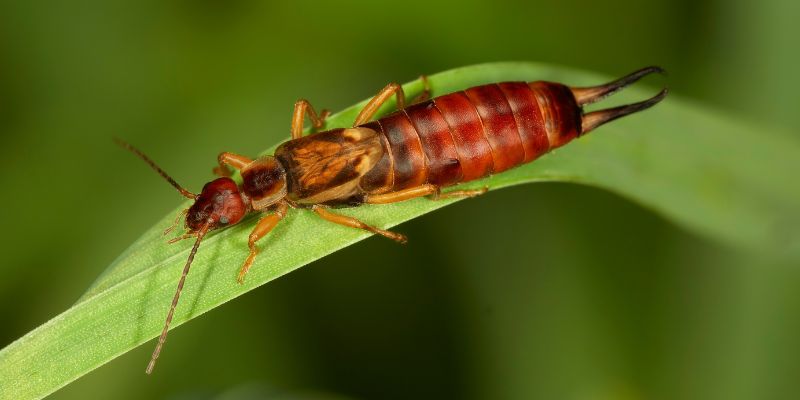
Choice of materials
To make your earwig shelter, you will need the following materials:
- one or several small terracotta pots;
- natural twine;
- straw or hay;
- a small wooden stick;
- paintbrushes and acrylic paint for your budding little artists;
- facultative: a small piece of bird-protection filament
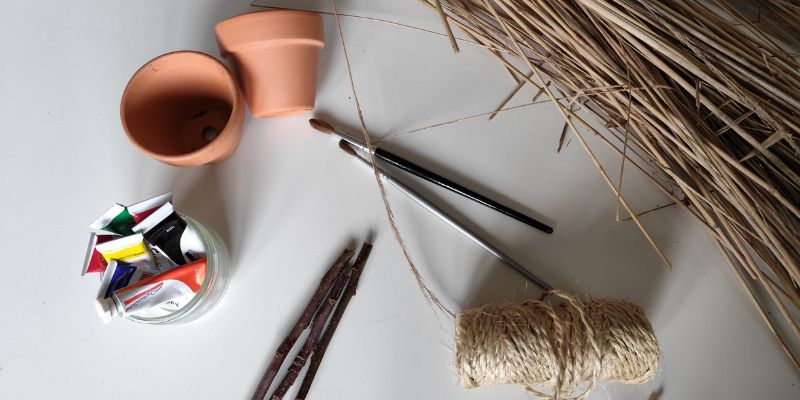
Tips:
- Acrylic paint weathers well but stains clothes. Remember to protect children's clothing.
- Small terracotta pots can be replaced by plastic pots or empty yoghurt pots; however, they may heat up faster during hot summer days, thus offering a less welcoming refugium for earwigs.
Steps to make the earwig shelter
1- Let children paint the terracotta pot with acrylic paint. It's an opportunity to involve them in the project while stimulating their creativity.
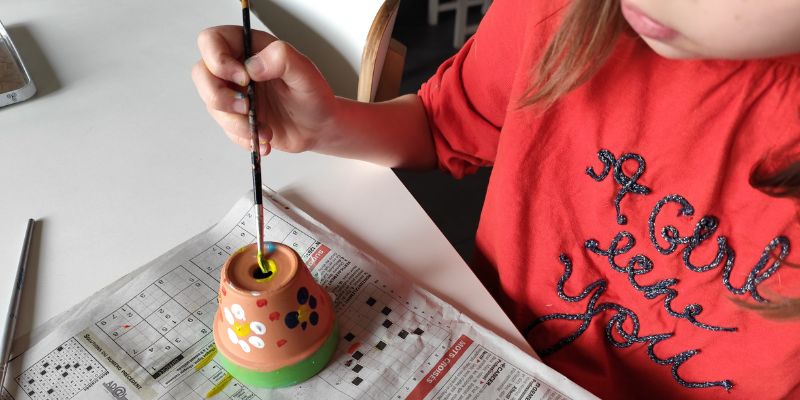
2- Once paint is dry, tie the stick to the end of the string, then pass the twine through the pot's drainage hole, taking care not to fully block the hole (and to ease earwig entry). This stick will prevent the straw from falling out. Make a loop at the other end of the twine so you can hang the shelter.
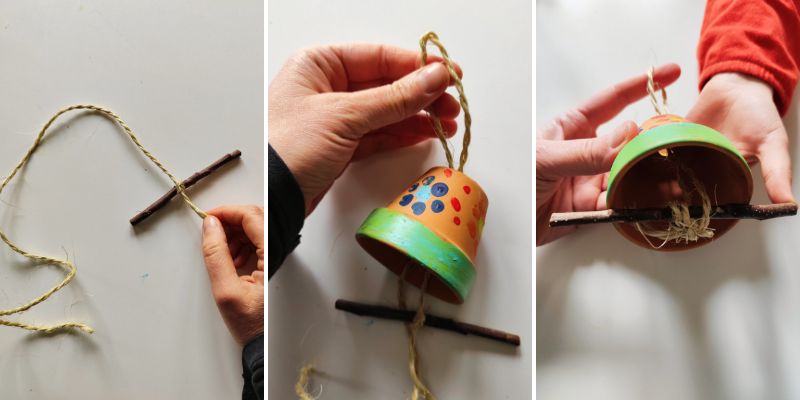
3- Fill the pot with straw which will serve as a refugium for earwigs during the day.
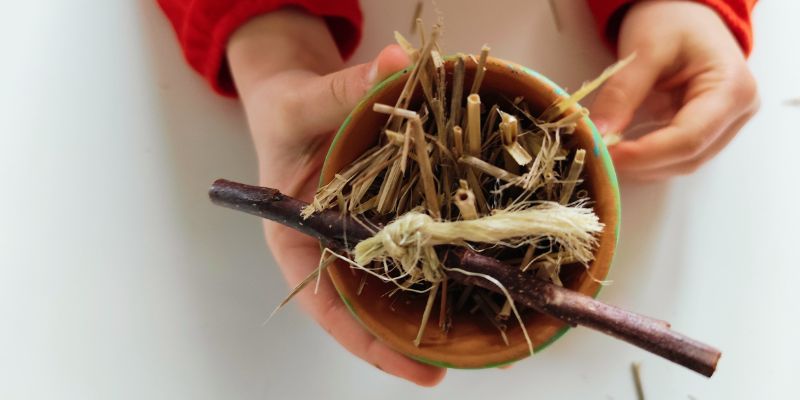
4- Hang the shelter in the fruit tree you wish to protect.
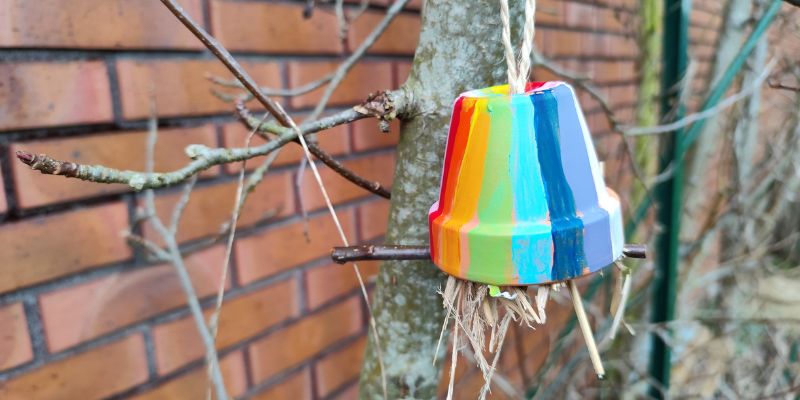
Tips and maintenance
- To prevent straw escaping despite the stick, you can wrap the pot with a small piece of bird filament.
- Ideally, I recommend placing 2 to 3 shelters per apple or pear tree, or more depending on tree size.
- You can also place earwig shelters in other trees affected by the codling moth: walnut, apricot, plum, peach and quince trees.
- Check shelter condition periodically and replace straw if necessary. This will also allow you to observe earwigs and ensure they are benefiting from their new habitat.































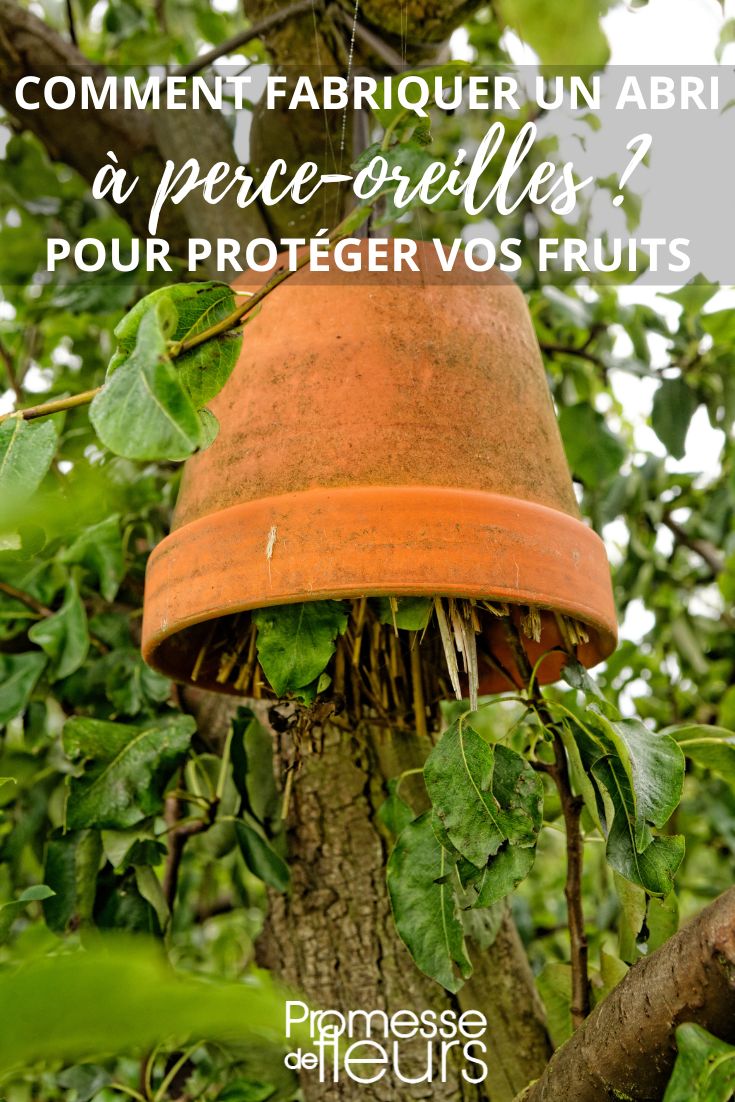
Comments